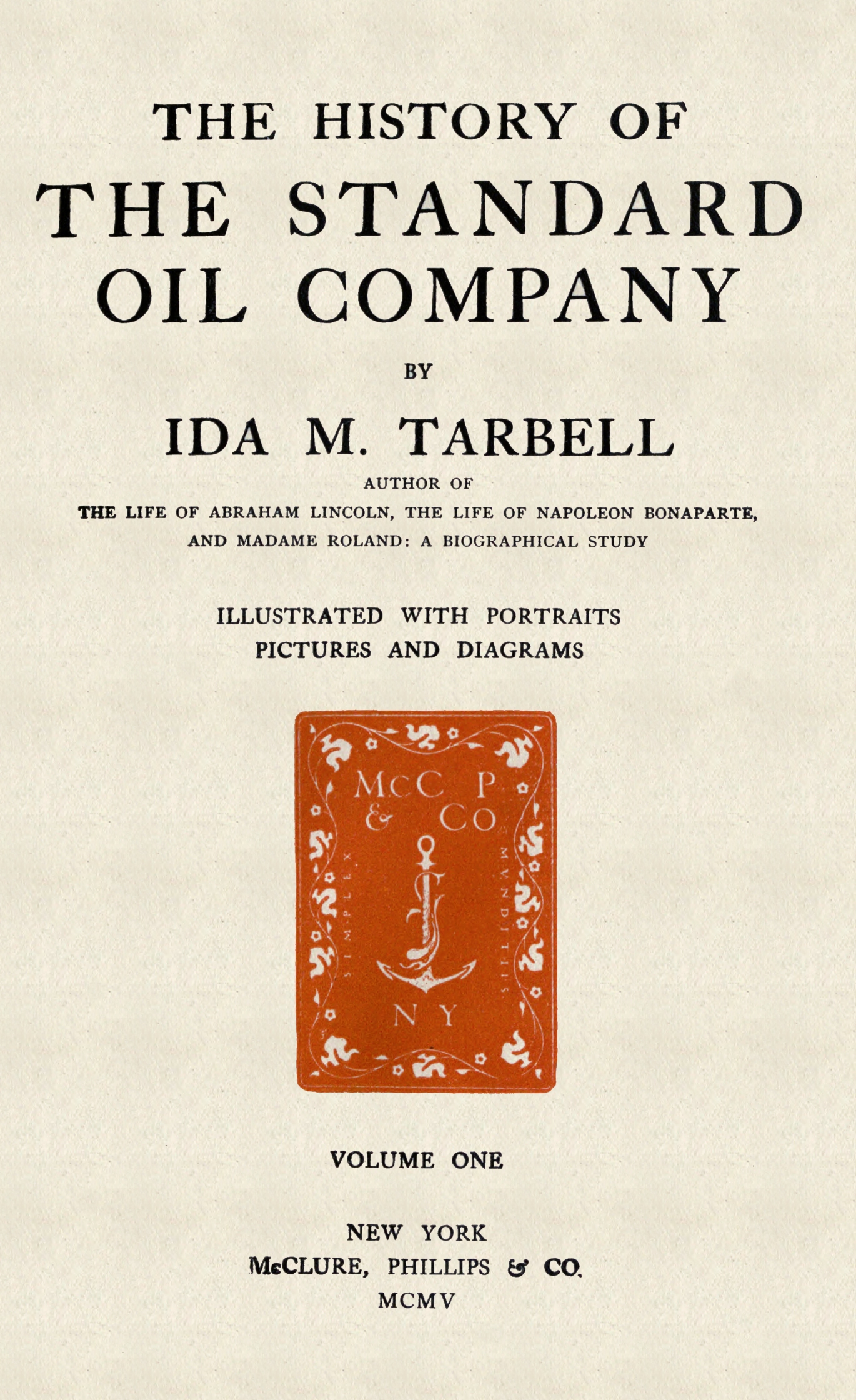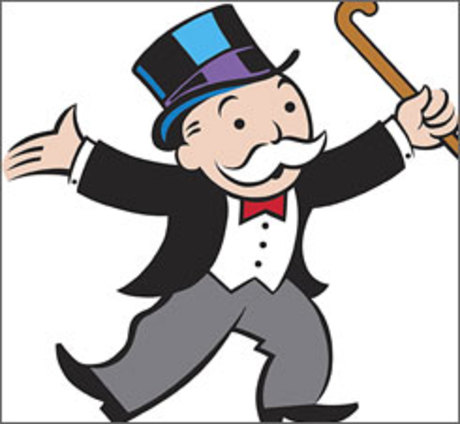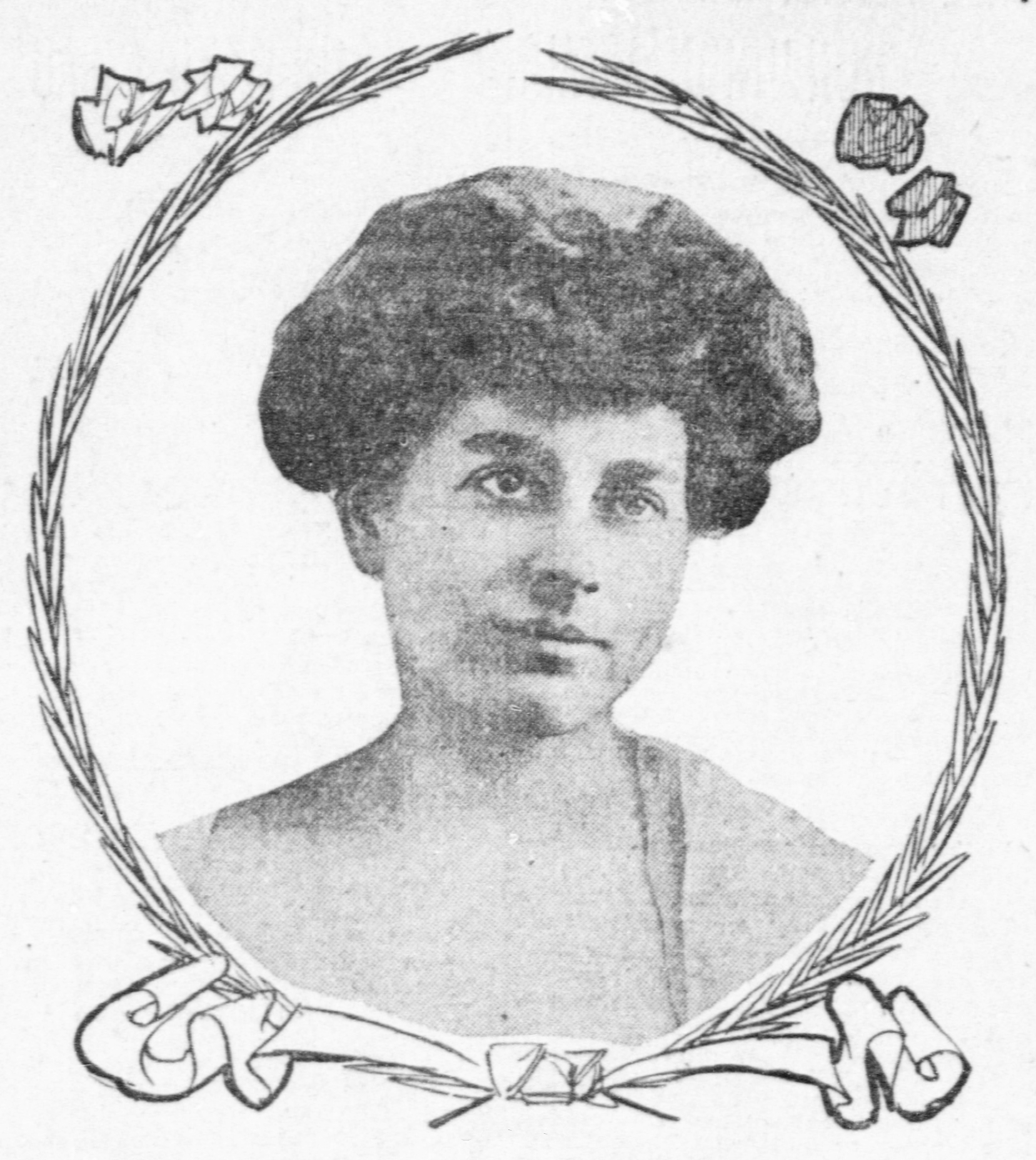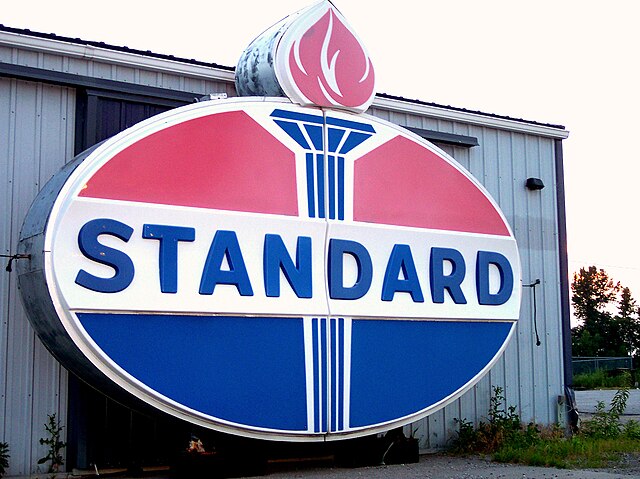Logo for the Board Game
Focus Question: What are the basic characteristics of monopoly, oligopoly, and pure competition?
Topics on the Page
Monopoly
- Monopoly, the Board Game
- Elizabeth Magie, the Woman Who Invented the Monopoly Game
- More resources on Elizabeth Magie are on the page
- Cornelius Vanderbilt biography here
- John D. Rockefeller biography here
Oligopoly
Pure Competition
This article, written by the same company that does the "For Dummies" series, explains these basic market structures, in addition to a fourth, Monopolistic Competition.
Cross-Link: Natural Monopolies and Government Regulation
Monopoly
Historical Examples: Standard Oil, Carnegie Steel, Vanderbilt transportation, cable companies, utilities
![]() Link here for online text of Ida Tarbell's The History of Standard Oil Company
Link here for online text of Ida Tarbell's The History of Standard Oil Company
Front page of Ida Tarbell's book, 1904

- A monopoly is when a sole seller of a product has no close substitutions
- the key resource is owned by a single firm
- government gives a single firm exclusive right to produce
- costs of production make single producer more efficient than a large number of producers
Example:
- DeBeers: own key resources and more efficient to be the sole producer.
- From Business Insider, "The Incredible Story of How DeBeers Created and Lost the Most Powerful Monopoly Ever."
- It should be noted that DeBeers' monopoly on South African diamonds also provides an example on colonialism and exploitation of underdeveloped colonies. Cecil Rhodes used DeBeer's profits to fund his colonization of South Africa, and the government he created there is often considered to be the blueprint for the notorious Apartheid government that came after. More information on South African History Online.
- Since there are no other options, people are forced to accept whatever price the monopoly sets.
- Can achieve high profits
- It is very difficult or impossible for new companies can enter the market
- Disadvantages:
- Reduce output
- High prices
- Less choices for consumers
Link here or here for more information.![]() View this video from Khan Academy to learn more about monopolies.
View this video from Khan Academy to learn more about monopolies.
- View this video from YouTube to see more about how monopolies operate.
- Here you can watch a CrashCourse video on Monopolies and their history in America!
Link here (this site provides handouts for definitions and activities) or here (This is based off the documentary Fair Fight in the Marketplace, look to lesson five for specific monopoly plans, link here for the full documentary) for a lesson plan on monopolies.
- Link here for a large lesson plan on monopolies.
Do you know who makes your glasses? Watch this 60 Minutes clip on Luxottica, do you think they are a monopoly?
Click here for a timeline of Carnegie and the Steel Industry
Link to an article, written by a Nobel Prize Winner, on how monopolies are beginning to exist in our present day experiences!
For more information about some of America's greatest monopolies and their founders, click HERE.
Monopoly: The Board Game

- 275 million sets sold worldwide
- Played by 1 billion people
- Available in 111 countries and 43 languages
- Most expensive property is Boardwalk ($2000); Less expensive is Mediterranean Avenue ($2)
Game-Changing Facts about Monopoly
HOWEVER
Monopoly Was Designed to Teach the 99% about Income Inequality
America’s Monopoly Problem: Why It Matters and What We Can Do About It
The Secret History of Monopoly: The Capitalist Board Game's Left-Wing Origins. The Guardian (April 11, 2015)

She invented the original game in 1903 as a critique of monopolistic capitalism
- It was called The Landlord's Game
- She wrote that the game "is a practical demonstration of the present system of land-grabbing with all its usual outcomes and consequences."
Elizabeth Magie was an outspoken feminist.
She was also interested in science and engineering
- In 1893, Lizzie received a patent for a gadget that allowed paper to pass through typewriter rollers with more ease
Charles Darrow sold a version of the game to Parker Brothers in the early 1930s and made millions.
- Patent for the game in 1935 and then sold it to Parker Brothers
- In 1936, Parker Brothers was selling 20,000 games a week
- Darrow became the first millionaire game designer
 The history is presented in a picture book, Pass Go and Collect $200: The Real Story of How Monopoly was Invented. Tanya Lee Stone. Illustrated by Steven Salerno. Henry Holt and Company, 2018.
The history is presented in a picture book, Pass Go and Collect $200: The Real Story of How Monopoly was Invented. Tanya Lee Stone. Illustrated by Steven Salerno. Henry Holt and Company, 2018.
![]() Primary Sources
Primary Sources
Timeline of famous monopolies in the United States.
Link to 1894 Drawing of Lizzie Magie's Landlord's Game Plan
Link to Landlord's Game Board Based on 1924 Patent
Monopoly and Landlord's Game History: Images, Rules, Articles and Commentary
![]() Greed is Good? A New York Times Learning Network Lesson Plan
Greed is Good? A New York Times Learning Network Lesson Plan
Is the Apple Store Monopolistic?
- Supreme Court Case Apple Inc. v. Pepper (2018)
Oligopoly
 |
| Ford Motor Company Assembly Line, January 1928 |
- Examples: automobile industry, mortgage industry, soft drink companies, oil companies, wireless Internet carriers
- An oligopoly is when there are a small group of firms that control the market.
- Any changes one firm makes will have an effect on the other firms since there are so few
- Since this is a small group of firms, most decisions are based on group behavior
- Want to gain more consumers from other firms.
Biography of Elon Musk, changing space travel and automobile travel for all
Space Travel for all may be coming sooner than you think!
An article from Business Insider details the above graphic concerning how a small number of companies control almost the entire food industry.
Link here for more information.
Link here to view a 6 minute video about oligopoly from Economics Online.
Link to this video from the Khan Academy which is about oligopolies and monopolistic competition.
For more, see The Oligopoly Problem from The New Yorker Magazine (April 15, 2013) that looks at the lack of competition among wireless providers.
Click here for a lesson plan that includes research about a particular oligopoly.
View this 12 minutes video about Game Theory: The Prisoner's Dilemma as a Model for Oligopoly Behavior.
Click here for a lesson plan that details a game for student on monopolies.
Pure Competition
There are 6 qualities that a market must have to be "perfectly competitive"
- There are a large number of buyers and sellers
- Firms sell identical products
- Entering and exiting the market is costless (Both in monetary and human resources)
- Buyers and sellers have complete knowledge of prices and technologies
- No externalities- actions have no effect on non-market participants
- Example of an externality- Both the production and use of automobiles affect the environment (clean air, ozone in atmosphere, etc.) which can affect people regardless of if they personally own or use automobiles.
- Clearly defined property rights
There is no real-world example of a "perfectly competitive" market, however examples of markets that are closer to "competitive" include agricultural food stands. They have a large number of buyers and sellers with near-identical products. However, while entry and exit to a farmer's market can be relatively low, it is not 0. Also, consumers nor sellers would have complete knowledge of prices and technologies, and externalities from even small farms can and often do exist.
The perfectly-competitive market is rarely considered a realistic option or desired market to strive for, but is instead considered a base situation to help understand how rational firms and consumers make decisions.
More information about the hypothetical "perfect competition" can be found here!
Click here for more information.
Click here to view a video from Khan Academy about perfect competition.
Click here to watch a 3 minute video about pure competition from Economics Online.
From the Huffington Post, "What is 'Perfect' About Perfect Competition? A Prosperous Economy Needs Innovators."
Click here for a lesson plan.![]() Click here for a set of lesson plans about monopolies and oligopolies.
Click here for a set of lesson plans about monopolies and oligopolies.
What did the Sherman act eliminate?
A) Bars the government from enacting any further anti-trust laws.
B) Stops business from merging, colluding, or manipulating prices to form a monopoly.
C) Establishes government run monopolies for certain industries.
D) Let's businesses merge freely without any government regulation or oversight.
Answer: B- the sherman act which was passed in 1890 allows the department of justice to charge individuals with conspiracy to monopolize and gives the federal government the authority to break up these conglomerates.
